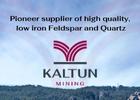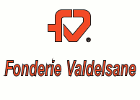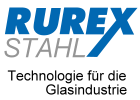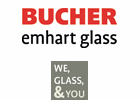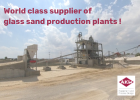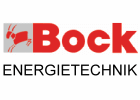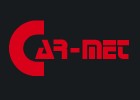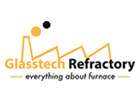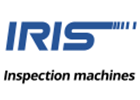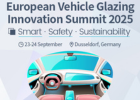INFO
联系方式
| 地址 | Casso-Solar Technologies LLC 506 Airport Executive Park 10954 Nanuet |
| 国家 | 美国 |
| 州 | New York |
| 电子邮箱 | Get in contact with Casso-Solar Technologies LLC |
产品/机械
Introduction to Infrared Process Heating
Infrared energy is the most basic form of heat that find applications in various manufacturing processes. For instance, such as infrared ovens are used for drying and heating. We are all confronted with energy conservation. Can infrared help avoid wasting energy? It can, provided we know how to use it efficiently. Essentially, infrared is an electromagnetic phenomenon, which is measured in wavelengths (microns). Electromagnetic energy particles attack the surface of materials to be processed after which conduction takes over. To use infrared successfully, we have to understand this reaction. Most metals act as a good heat conductor. In many cases, however, the conductivity is less than desired resulting in heat absorption and retardation. Some of the materials may work as an insulator, which prevents the penetration of heat. In this case, the infrared energy must be applied from two sides. One major advantage is the fact that heating tunnels or structures having infrared heat do not require heavy insulation as is necessary in convection ovens. However, shields on the sides may be needed to prevent drafts.
There are infrared heaters made of different materials and configurations, which provide cost-effective heating. Casso-Solar is a well-known infrared equipment manufacturer and offers a variety of infrared heaters across industries. We also offer customized designs and fabrication of industrial infrared equipment.
Choosing Infrared systems
Basic mistakes in choosing the wrong radiant heater can render such an installation to be inefficient, and costly to operate and maintain. Therefore, it is necessary to find out how infrared actually works. Infrared radiation is fundamentally electromagnetic energy. This measurable energy can be divided into roughly three types of density:
- Short-wave or very high density radiation beginning with 1.2 microns of usable energy and ending around 2.3 microns
- Medium-wave around 2.5 microns to medium density to around 3.8 microns
- Low-density long wave or far-infrared around 3.8 to 6
Replace Your Current System
Can your current heating system be replaced by one which uses radiant infrared energy, and under which circumstances can it be done? If the material lends itself to be processed by infrared radiation economically, which means a drastic reduction of energy and higher speed of production, we must consider this alternative now. This excludes heavy bulk of any type, and materials, which by nature, have to be transformed into the required state by slow heat processing. When a heat radiator glows at any color, dark red to white hot, it means the radiation has already reached at least 1185 degrees F and may go up to high temperatures, according to the color of the element. We cannot make use of this heat just by exposing materials to it even if it has the proper emission value unless it is timed. Ideally, one should opt for a considerably faster method of heat processing with a relatively low energy requirement, using the right system that emits the required wavelength.

